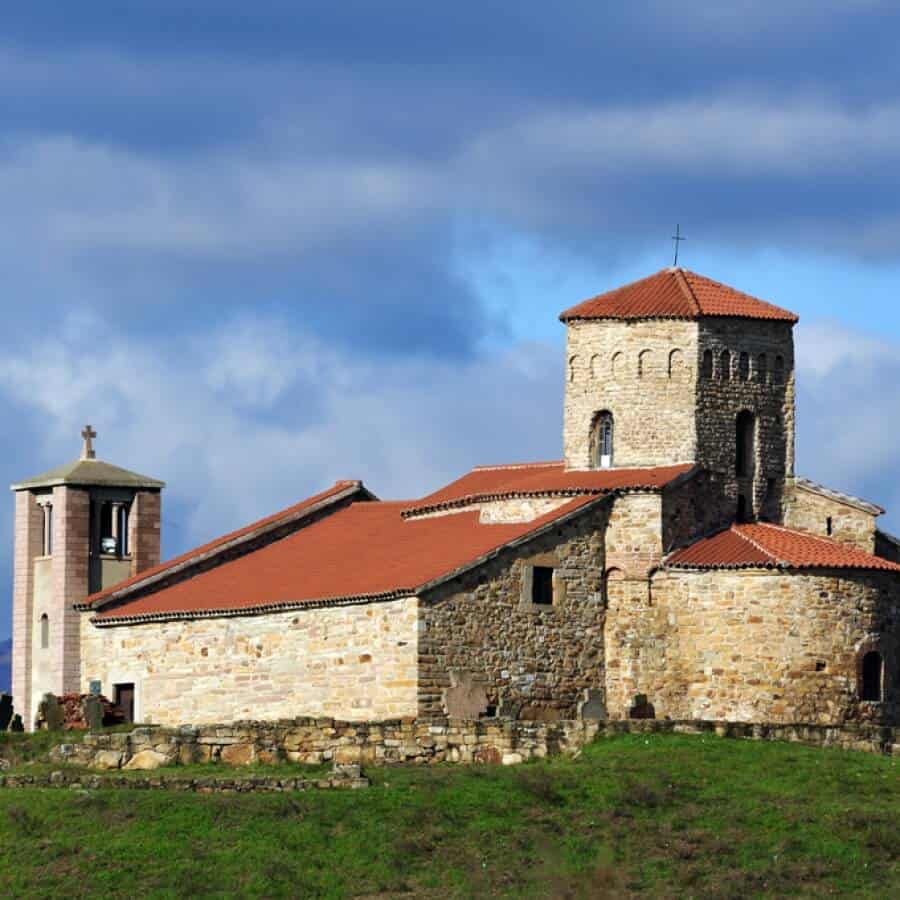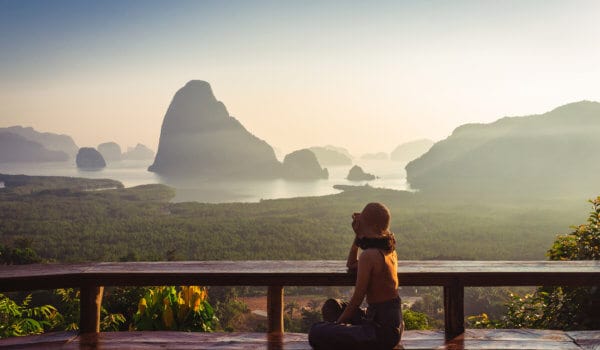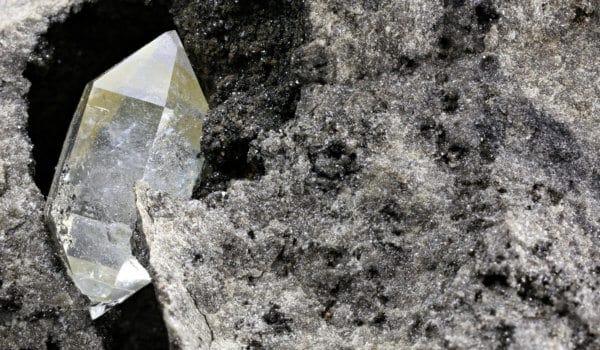Today we are going to Old Serbia – a region known in the past as Rashka and now called Sandzak. This is a part of Serbia that is frequently overlooked, and definitely underrated as a tourist area. Rashka/Sandzak has a very rich history and culture, and an alluring multiculturalism. It is the heartland of the oldest Slavic state in the Balkans and the oldest Serbian principality. It is also home to the Bosniak ethnic minority, one of the largest ethnic minorities in Serbia. This region is 70% populated by Bosniaks, who are Muslims of Slavic origin and the descendants of the Slavs who converted to Islam during the period of Ottoman rule over the Balkans (14th-20th centuries).
Most people have in mind Bosnian Muslims when they speak about Bosnia, and Bosnia is quite famous as a tourist destination. But these are Bosnian Muslims who reside in Serbia and have lived there for centuries.
Their culture, customs, and home territories are also interesting and worth exploring. There are 150 000 Bosniaks in southwestern Serbia, accounting for about 2% of the country’s population. They speak a language very similar to Serbian. Their names and surnames are Muslim, but their surnames end with typical Slavic suffixes, particularly the familiar Serbian or Croatian ić.
What to see and do?
Novi Pazar
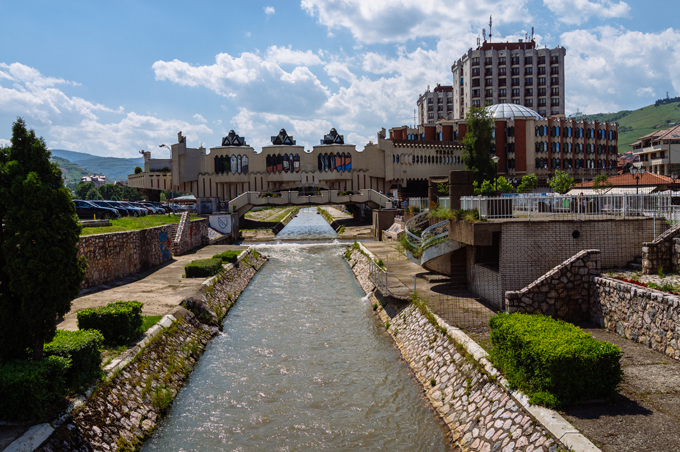
Novi Pazar
First place is definitely Novi Pazar, the largest town in the area with a population of 100 000 residents. It was founded by the Ottomans in the 15th century. It is 4h by bus from Belgrade. Historically, the Bosniaks of Novi Pazar were excellent merchants, and the town was an important center on the trade route between Dubrovnik and Thessaloniki. Pazar’s name is derived from “bazar” or “bazaar” and is a word inherited from the Turkish word for “market.”
The Old Town is the must-visit part of Novi Pazar. It has the best preserved Ottoman architecture in Serbia. Its narrow, covered streets with white houses that are typical of the region convey the atmosphere of the orient very well.
There are many souvenir shops where you can buy handicrafts, carpets, pottery and beads. You will also see many mosques dating from the early years of Ottoman rule. The oldest one dates from the 16th century and is known as the Altun Alem Mosque.
There are also the remains of a Turkish bath which dates from the 16th century. In the town there are also several orthodox churches. In the city center there are the remains of a fortress which dates from the 15th century. The fortress is currently under reconstruction, and hopefully the work of re-building will be finished soon so that this amazing fortress will be available for tourists.
The most beautiful building in town is Amir Aga’s Han (Inn), a typical Turkish inn from the 17th century. Today it is owned by a Bosniak family and functions as a guesthouse, so if you want to stay there you can normally book a night or more.
Its interior is still in the original style in terms of oriental carpets, lamps, pillows, and decorations. You can experience there a typical Turkish atmosphere and imagine how travelers rested during centuries past in this region. Another beautiful building is the Faculty of Islamic Studies, which is the only one in Serbia. Most of the people seen on the streets of Novi Pazar are dressed in modern style, and hijabs are rare.
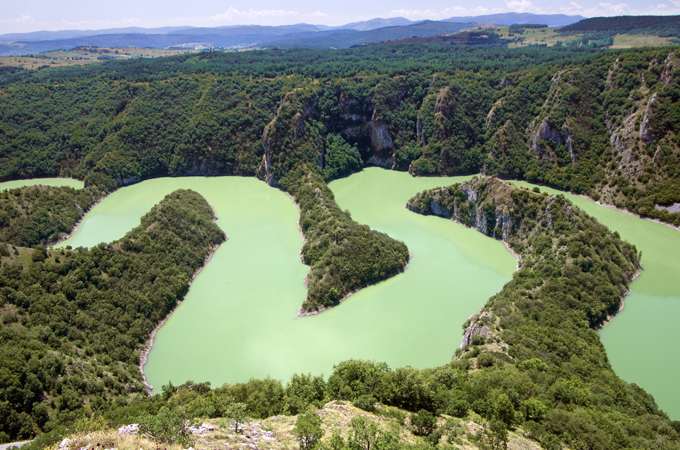
Canyon Uvac River, Special Reserve of Natu, Serbia
Ras
Ras is the oldest Slavic town in the Balkans. The ancient Slavs came here in the 6th century and settled in this vicinity. In the 9th century, Prince Vlastimir founded the first Serbian state with its capital in Ras. He was also the founder of the first Serbian dynasty, the Vlastimirovic, whose other notable rulers were Strojimir, Mutimir, and Chaslav.
Ras was also the capital of the Nemanjic dynasty (founded in the 12th century), which ruled until the second half of the 1400s. Today, however, only the remains of Ras survive as other towns grew up, and history passed Ras by.
After the Turks founded Novi Pazar in the 15th century, Ras was known as the old marketplace while Novi Pazar was the new center of commerce for southwestern Serbia. You can reach the archeological site of Ras with a short bus ride from Novi Pazar, and you can climb the hill where the fortifications of the old town date from the 12th century and have remained quite well preserved.
On the site are the remnants of pre-Christian pagan Slavic temples, but only a few walls of them remain. Nearby there are several old monasteries which are among the oldest still-extant traces of Serbian architecture, belonging to the Rashka style which was common in early Serbian history.
Among the must-see sights are the Djurdjevi Stupovi and Sopocani monasteries. The former dates from the 12th century and was founded by Stefan Nemanja (founder of the Nemanjic dynasty) and later by King Uros (a 13th century king). Their old interior and exterior walls are very well preserved including old faded frescoes.
The whole area, including the Ras fortress and the two monasteries, is under UNESCO protection. A bit further there is the 13th-century Milesheva monastery, which was founded by King Vladislav. Relics from the 13th century, including the most famous Serbian monk and scholar, Saint Sava, are kept there.
Simply put, the Sandzak region’s combination of Bosnian Muslim architecture, lifestyle, and mosques with Serbian culture, architecture, and churches in close proximity shows how both ethnic groups have lived in peaceful coexistence for centuries. Despite occasional ethnic tensions, this region incredibly avoided bloodshed during the wars that followed the break-up of Yugoslavia during the 1990s.
The Peshter Plateau
If you want to encounter the more traditional life of the Bosniaks, you should visit the rural areas of Rashka/Sandzak. The rural areas of the region are vast, and the people are mostly busy with cattle breeding due to the mountainous terrain. The region is 1h and 30min away from Novi Pazar by bus and is a large plateau at an altitude of 1400m.
You can walk for many kilometers over these uplands and experience beautiful scenery, including many lakes and highland streams. In the distance, you can see the surrounding mountains with eagles flying above. You can pass by old and remote villages which seem like relics out of the past.
There will be old shepherds walking across the fields with grazing sheep which drink water from the streams. In the villages you will see many older people with typical Muslim beards and women with hijabs.
The most common livestock here are sheep. Despite their Islamic faith, many people in these villages are quite secular in some spheres of life. Don’t be surprised if you are invited into a house and served Serbian brandy together with Turkish coffee. Simply put, a long coexistence with Serbian people has taught the Bosniaks to drink brandy with their coffee.
What to eat?
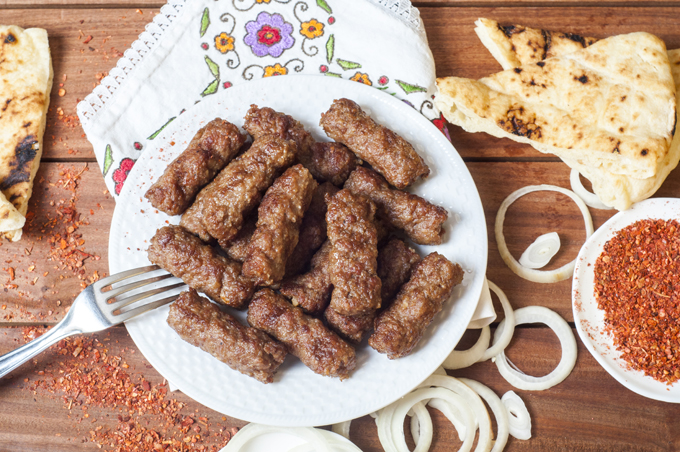
Cevapi
If you want to experience Novi Pazar fully you must try Pazarski cevapi, a regional variation of cevapi (a typical Serbian and Bosnian grilled, minced meat). Cevapi from Pazar are more like cevapi from Bosnia, not just because they are made by Bosniaks but because they are from lamb meat.
Serbian ones are usually a mixture of pork and lamb. Many people consider cevapi from Novi Pazar to be the best ones in Serbia and the Balkans. After Sarajevo cevapi, Pazarski cevapi are the most famous cevapi in the Balkans. While going around the Peshter plateau, make sure to try the local, homemade cheese. Cheese from the Peshter plateau is considered to be the best homemade cheese in Serbia. So don’t miss a chance to try it.
Nightlife
Nightlife in Novi Pazar is lively and, as in other Serbian cities, you can enjoy it in a friendly atmosphere with nice people. I have already written a lot about nightlife in Serbia, so you know what to expect.
If you want to stay overnight on the Peshter plateau you can walk a bit around the cottage were you are staying and observe the countless stars and the dark night scenery.
Accommodation
If you want to stay in town, search for accommodation in Novi Pazar. If you want to stay out in the country and enjoy cooler summer nights choose a guesthouse cottage in a rural area such as the Peshter plateau.
Discover more about Serbia here.
Photos: Shutterstock
Support us!
All your donations will be used to pay the magazine’s journalists and to support the ongoing costs of maintaining the site.
Share this post
Interested in co-operating with us?
We are open to co-operation from writers and businesses alike. You can reach us on our email at [email protected]/[email protected] and we will get back to you as quick as we can.
